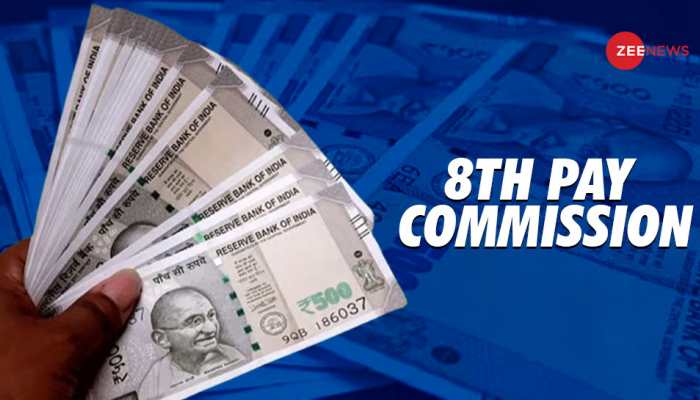8th Pay Commission: Did You Know What Minimum Salary Was In 1947 For Central Govt Employees? Check How Salaries Increased After Each Pay Commission
8th Pay Commission Salary: Ahead of the Union Budget 2025, the Union Cabinet, led by PM Narendra Modi, approved the 8th Pay Commission last week to revise the salaries of central government employees. The 8th Pay Commission will take effect on January 1, 2026, meaning employees may begin receiving their revised salaries in February 2026, reflecting the pay for January 2026.
Did you know that the salary structure for central government employees in India has evolved significantly over the years—from just Rs 55 per month in 1946 to Rs 18,000 per month today? With the recent announcement of the 8th Pay Commission, set to be implemented from January 1, 2026, it’s a great time to look back at the journey of salary revisions from the 1st to the 7th Pay Commission.
1st Pay Commission (1946)
)
In 1947, a policy was implemented to improve employees' living standards. The minimum salary was set at Rs 55 per month, ensuring a basic income for workers. To promote fairness, the highest salary was limited to 41 times the minimum salary.
2nd Pay Commission (1957)

In 1959, a new policy was implemented to address wage disparities and improve employee welfare. The minimum salary was increased to Rs 80 per month, reflecting a commitment to fairer pay. The policy also recommended provisions for family allowances and retirement benefits, further enhancing support for employees and their families.
3rd Pay Commission (1970)

The minimum salary was increased to Rs 185 per month, with a focus on achieving pay parity among different groups of employees. To address the rising cost of living, a dearness allowance (DA) was introduced as a relief measure to help employees cope with inflation.
4th Pay Commission (1983)

The minimum salary was increased to Rs 750 per month, marking the first comprehensive effort to restructure pay scales. The policy also included recommendations to enhance housing and travel allowances, providing additional support to employees.
5th Pay Commission (1994)

In 1997, the minimum salary was raised to Rs 2,550 per month, with a strong emphasis on employee welfare schemes. To enhance financial stability, it was recommended that 50% of the dearness allowance (DA) be merged with the basic pay.
6th Pay Commission (2006)

In 2008, the minimum salary was increased to Rs 7,000 per month, accompanied by the introduction of the Pay Band and Grade Pay system to streamline salary structures. The policy also emphasized performance-based incentives to encourage and reward employee productivity.
7th Pay Commission (2013)

In 2016, the minimum salary was raised to Rs 18,000 per month, with a provision for biannual revisions of dearness allowance (DA) rates. The policy also included recommendations to enhance pension benefits, ensuring greater financial security for retirees. (Image Credit: File Photo)
Trending Photos








